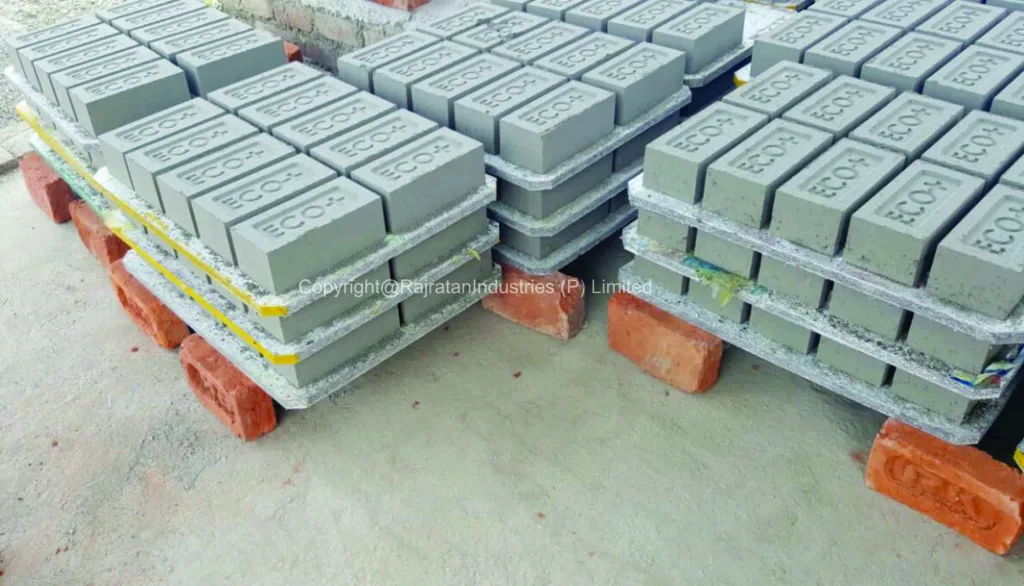A Comparative Analysis
By Rajratan IndustriesWhen it comes to choosing bricks for construction, the debate between fly ash bricks and traditional clay bricks has been ongoing. Both have their merits, but understanding their differences can help you make an informed decision that suits your project needs.
Fly Ash Bricks: A Modern Eco-Friendly Solution
Fly ash bricks are made using industrial by-products like fly ash, cement, sand, and water, making them an eco-conscious alternative to clay bricks.
Advantages:
- Environmentally Friendly: Utilizes waste materials, reducing industrial pollution.
- High Strength: Offers better compressive strength, reducing breakage.
- Uniform Shape: Provides better alignment during construction.
- Durability: Resistant to water seepage and weather changes.
- Cost-Effective: Reduced mortar consumption due to its uniform size.
Traditional Clay Bricks: A Time-Tested Classic
Clay bricks, made from natural soil, have been used for centuries.
Advantages:
- Readily Available: Widely produced across regions.
- Thermal Insulation: Provides natural heat insulation properties.
- Proven Longevity: Stands the test of time in various climates.
Key Differences Between Fly Ash Bricks and Clay Bricks
| Feature | Fly Ash Bricks | Traditional Clay Bricks |
|---|---|---|
| Raw Materials | Fly ash, sand, cement | Natural soil, clay |
| Eco-Friendliness | High (uses waste materials) | Low (depletes topsoil) |
| Compressive Strength | Higher | Moderate |
| Water Absorption | Lower (less porous) | Higher (more porous) |
| Cost | Lower in bulk production | Higher due to manual labor |
Why Choose Fly Ash Bricks from Rajratan Industries?
At Rajratan Industries, we specialize in supporting sustainable construction with high-quality PAC pallets for handling bricks, blocks, and pavers. Fly ash bricks align perfectly with modern construction needs by offering durability, cost efficiency, and eco-friendliness.
Get a Free Sample of PAC Pallets!
Want to try our premium PAC Pallets for Fly Ash Bricks?
📞 Call us now at +91 9685927927
📅 Available Monday to Saturday, 10 AM to 6 PM
Rajratan Industries is committed to enhancing construction efficiency with sustainable solutions. Contact us today

